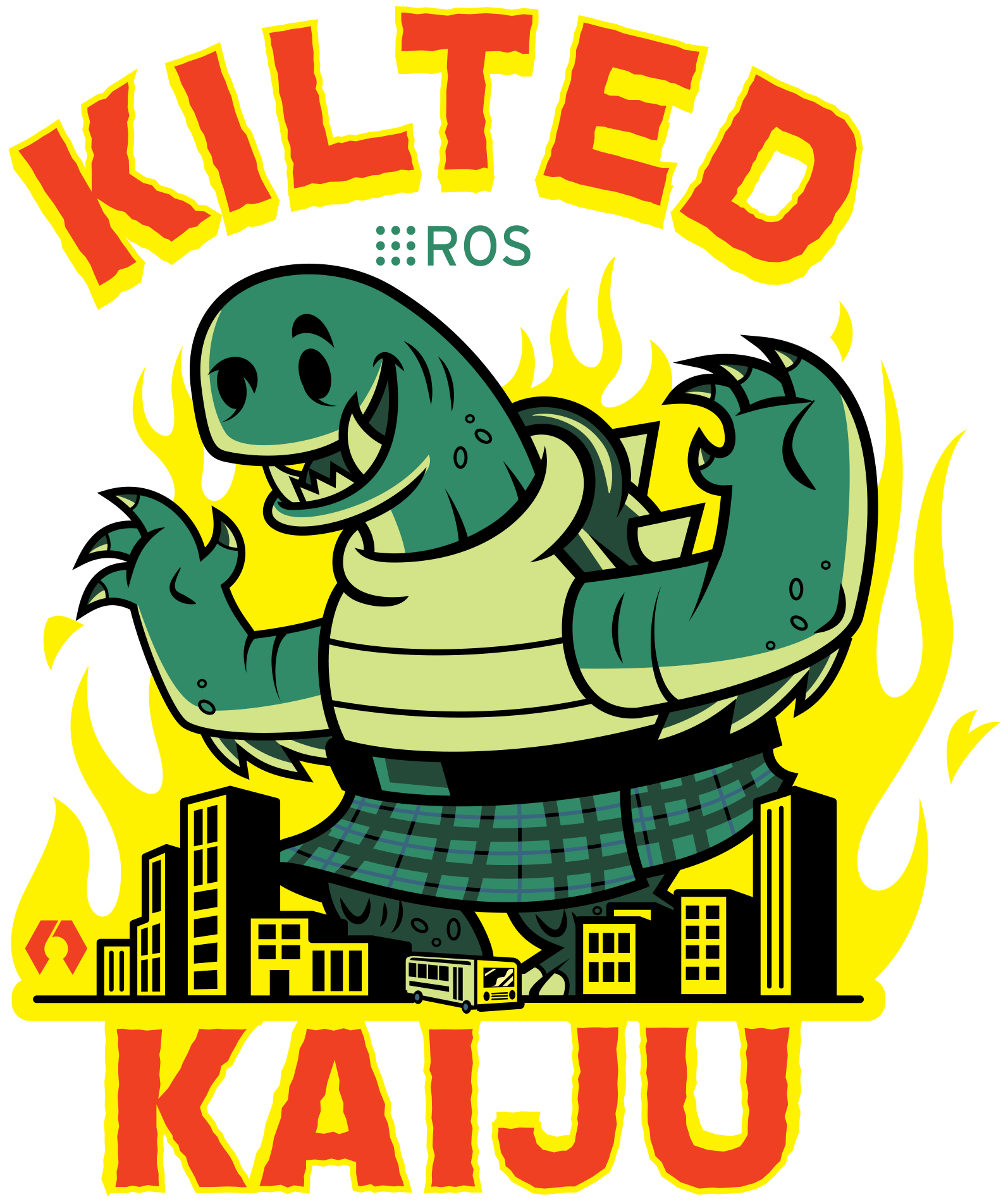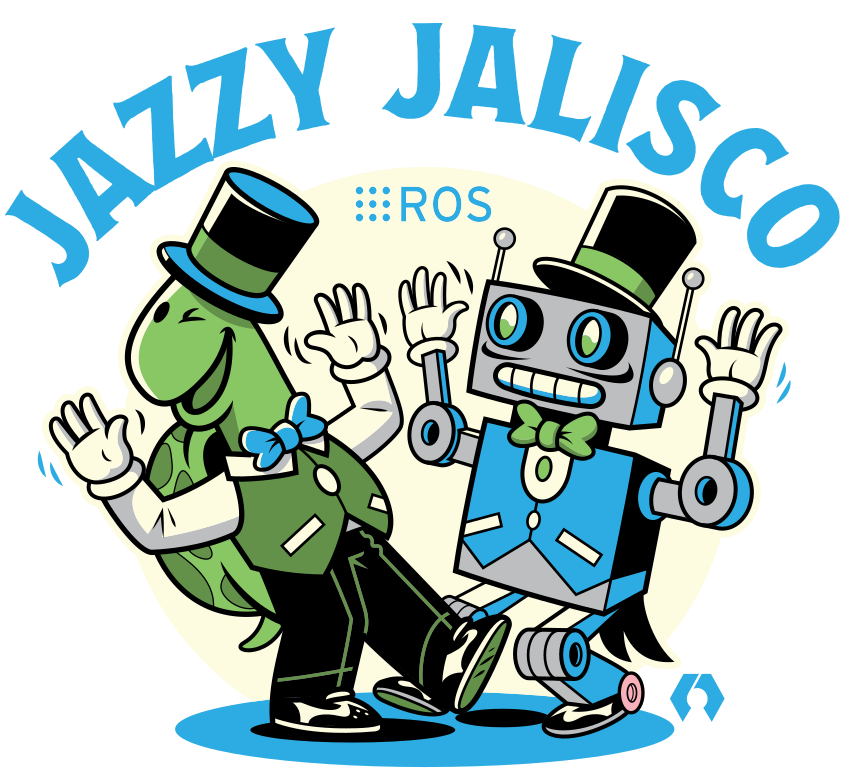Getting Started
Where to get started with ROS 2
Installation
ROS is released as distributions, also called “distros”, with more than one ROS distribution supported at a time. Some releases come with long term support (LTS), meaning they are more stable and have undergone extensive testing. Other distributions are newer with shorter lifetimes, but with support for more recent platforms and more recent versions of their constituent ROS packages. See the distributions list for more details. Generally a new ROS distro is released every year on world turtle day, with LTS distros being released in even years. We currently recommend one of the versions below:
Want to try ROS using Docker? Check out the latest distros on Dockerhub
If this is your first time using ROS, we highly recommend that you use a Tier 1 operating system as listed by REP-2000 for your desired ROS Distro.
Important Notes on Installation
ROS is a complex piece of software that work’s closely with your computer’s operating system and system libraries. As such, we build and test each ROS distro with only a handful of the latest operating systems, we call these operating systems, “tier 1”. Each ROS distro is built and tested for these tier 1 operating systems only, other operating systems may require significantly more work to run a particular ROS distro. In practical terms this means that you’ll get the best experience if you use a the tier 1 operating systems we recommended. For example, ROS 2 Humble Hawksbill works best on Ubuntu 22.04 Jammy Jellyfish, and Windows 10. If you try to install ROS on any other operating system you may run into issues, and we do not recommend this for new users. For more information about ROS distros and their tier 1 operating systems please read REP-2000.
If you plan on using the Gazebo simulator with ROS we recommend that you consult the Gazebo documentation for the recommended version of Gazebo for your ROS installation. Not all ROS and Gazebo versions are compatible, other versions are compatible but require that you build from source. Using the recommended combination of ROS and Gazebo will greatly improve your overall experience. No matter what combination you decide on, you’ll need to use ROS/GZ bridge to connect the two pieces of software.
If you are a new user and would like to install the latest version of ROS or ROS 2 on any operating system other than the listed tier 1 operating system we highly recommend that you install the recommended tier 1 operating system in a virtual machine and then install ROS inside of the virtual machine. Alternatively, if you are familiar with Docker, you can also use ROS in a Docker container.
Support
There are several mechanisms in place to provide support to the ROS community, each with its own purpose: package documentation, Q&A forum, discussion forum, package index, and of course the issue trackers. It is important to pick the right resource to reduce response time, avoid message duplication, and promote the discussion of new ideas.
ROS Package Documentation
Documentation for core ROS packages as well as package specific content is hosted on docs.ros.org. On this site you can find the core tutorials and documentation for the project as well as generated API documentation for individual packages.
Robotics Stack Exchange
If the documentation doesn’t address your problem, Robotics Stack Exchange is next. Take heart: it is very likely that someone else has faced the same problem before, and that it’s covered among the more than 60,000 questions at ROS Answers. Start by searching for questions similar to yours; if your question isn’t already asked, post a new one. Be sure to check the guidelines on how to prepare your question before posting.
ROS Discourse Forums
To stay up-to-date on the latest developments within the ROS community, you’ll want to join the ROS Discourse forums. These forums are the place for announcements, news, and discussions of general interest. The ROS Discourse is not the right place to ask troubleshooting questions or report bugs; please use the other support resources listed above instead.
Open Robotics Discord Server
Open Robotics hosts a community Discord server where ROS, Gazebo, and Open-RMF users can meet with each other, chat, and coordinate on open-source development. If you are looking to connect with ROS users this a great place to start.
ROS Index
When you want to find out information about a specific package the index is the best place to start. It connects you to all the important locations relevant to a package. In addition to the official documentation for ROS packages, the wiki contains two key resources you should consult: the Troubleshooting guide and the FAQ. Solutions to many common problems are covered in these two pages. If you have ever used PyPI you should feel right at home on ROS Index.
Issue Trackers
When you’ve identified a bug (e.g., as a result of a discussion at Robotics Stack Exchange), or when you want to request a new feature, head to the issue trackers. Links are provided in the packages metadata available on ROS Index. When reporting a bug, be sure to provide a detailed description of the problem, the environment in which it occurs, any detail that may help developers to reproduce the issue, and if possible, a debug backtrace.



